-

The sparkling history of the match and why its inventor never got the credit he deserved
By Rob Crossan
-
-

'Love, desire, faith, passion, intimacy, God, spiritual consciousness, curiosity and adventure': The world of Stanley Spencer, a very English visionary
By Matthew Dennison
-

Waldorf Astoria New York review: The Midtown hotel where Frank Sinatra once partied and the salad of the same name was invented emerges from a decade-long renovation
By Owen Holmes
-
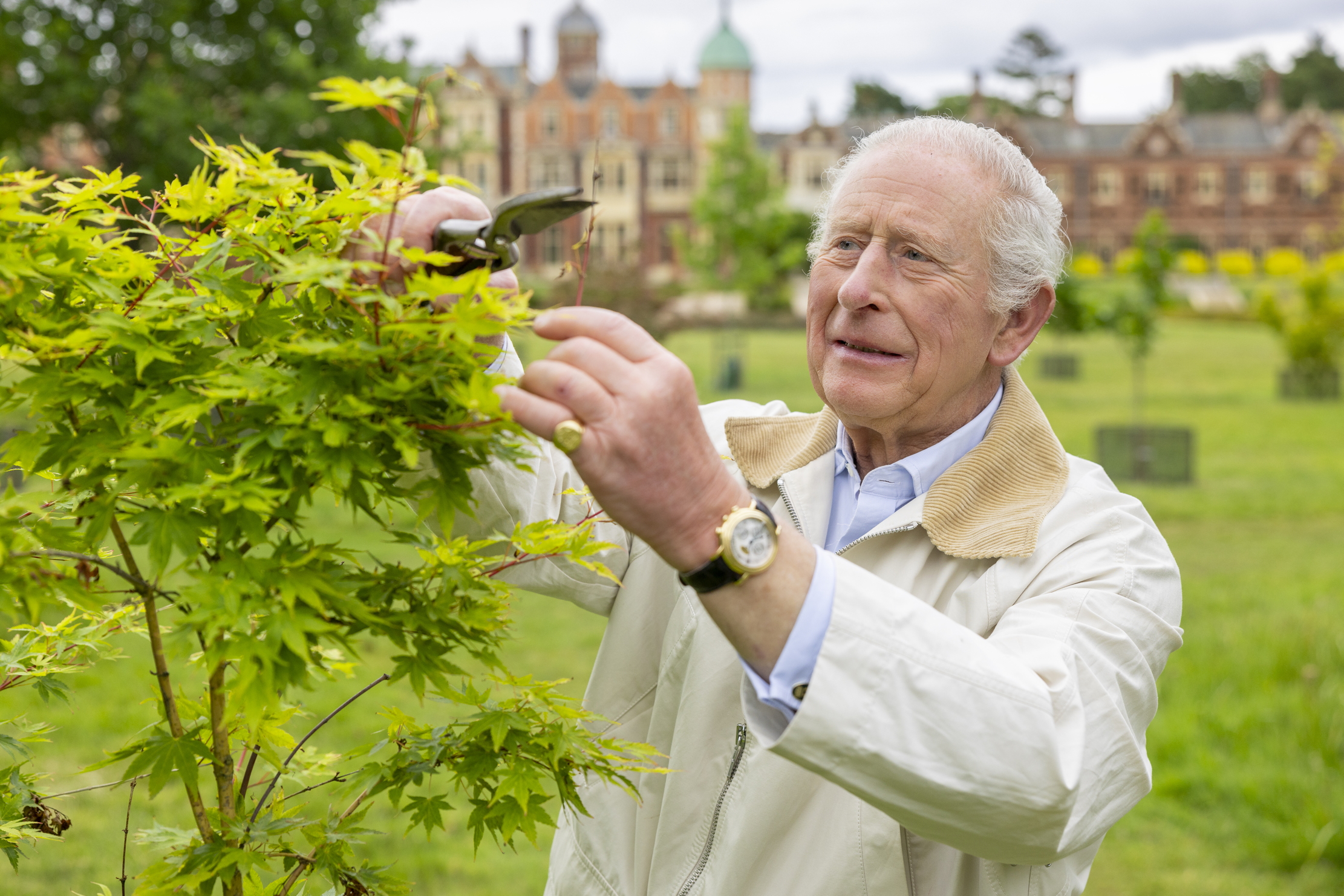
A royal success: The King's gardens at Sandringham
By Charles Quest-Ritson
-

This Wiltshire masterpiece was vastly improved by an 18th century ‘Architect’ Earl and is now on the silver screen in the new 'Frankenstein' film
By John Martin Robinson
-

A vineyard for sale on the slopes above 'the best beach in Britain' is for sale at just £650,000
By Toby Keel
-

The sun will come out for the Country Life Quiz of the Day, November 14, 2025
By Country Life
-
Exquisite houses, the beauty of Nature, and how to get the most from your life, straight to your inbox.
People & Places
-
-

Poppy Okotcha, the model turned gardener who is one of David Beckham's countryside champions
-

The Scottish survival experience, beloved by Sir David Beckham, Ian Wright and heavyweight CEOs, that's all about learning to appreciate the dizzying brilliance of the natural world again
-

‘In my twenties I was asked by a newspaper to test out an orgasm machine. I said, "Absolutely"’: Elizabeth Day on her early career in journalism and consuming passions
-

London has long been the private members’ club capital of the world, but New York is finally catching up. Here are five of the best
-
Property
View all Property-

This spectacular 14th-century castle has had its price cut by £7.5 million. Here's why
By Lucy Denton
-
-

A simply perfect thatched cottage in Devon, with charm, walled gardens and all the space you need for family life
By Julie Harding
-

'A rare gem' of a country house, in 163 acres of the idyllic Colne Valley, just 50 minutes from the City
By Penny Churchill
-

Five home offices so good that every work day will feel like a holiday (well, probably)
By Julie Harding
-
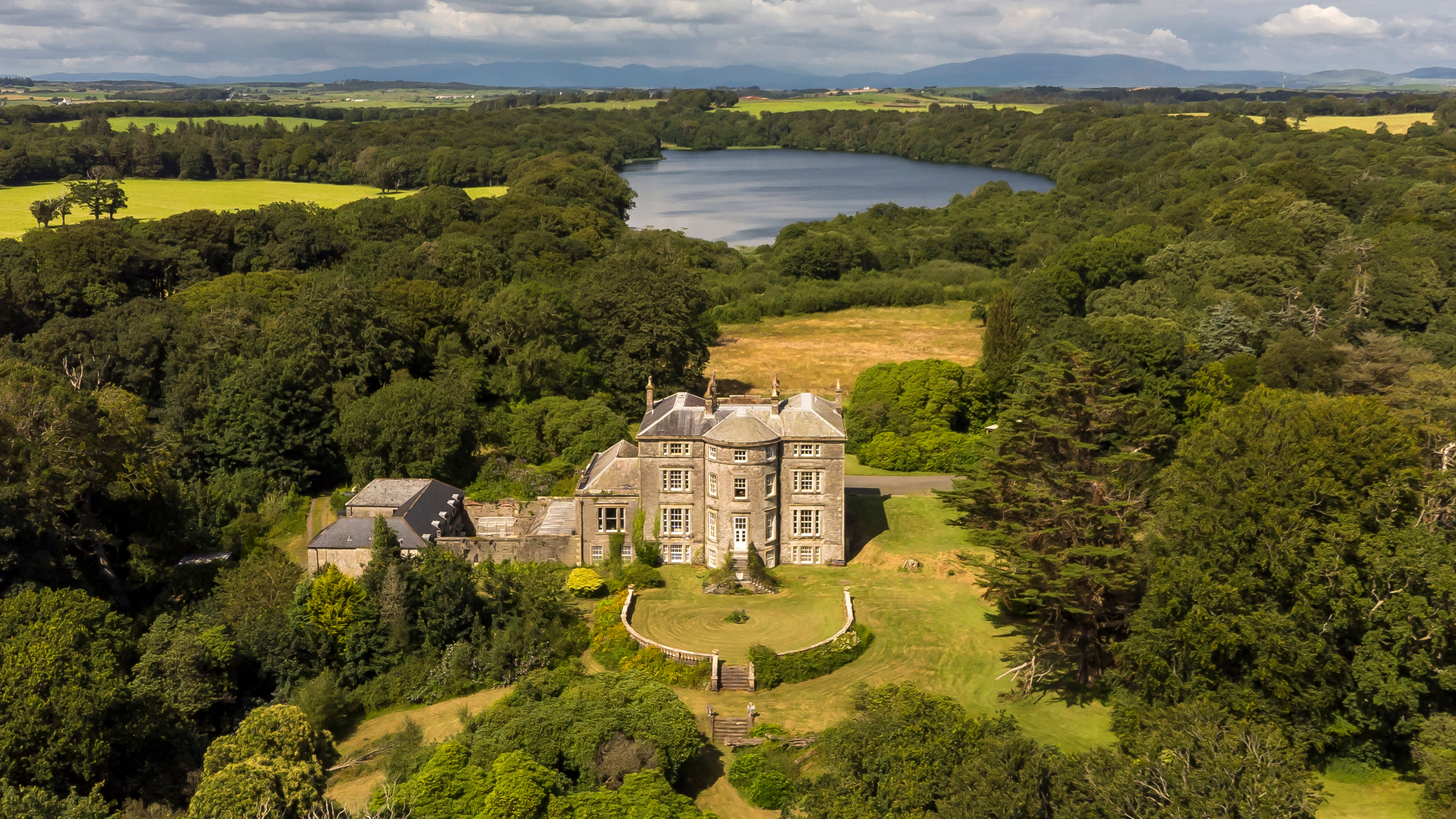
A grand country house and 329-acre estate for sale at £1.89 million — and it's on the market for the first time in a quarter of a millennium
By Arabella Youens
-

A beautiful home on the outskirts of one of Scotland's prettiest market towns, and an easy commute to Edinburgh
By Arabella Youens
-

18 grand country homes, from £600k to £6 million, as seen in Country Life
By Toby Keel
-
Our expert voices
Interiors
View All Interiors-

How one family went about creating a welcoming kitchen in one of England's neo-Palladian houses
By Arabella Youens
-
-

How do you make a 300-year-old Baronial castle fit for modern-day living?
By Arabella Youens
-
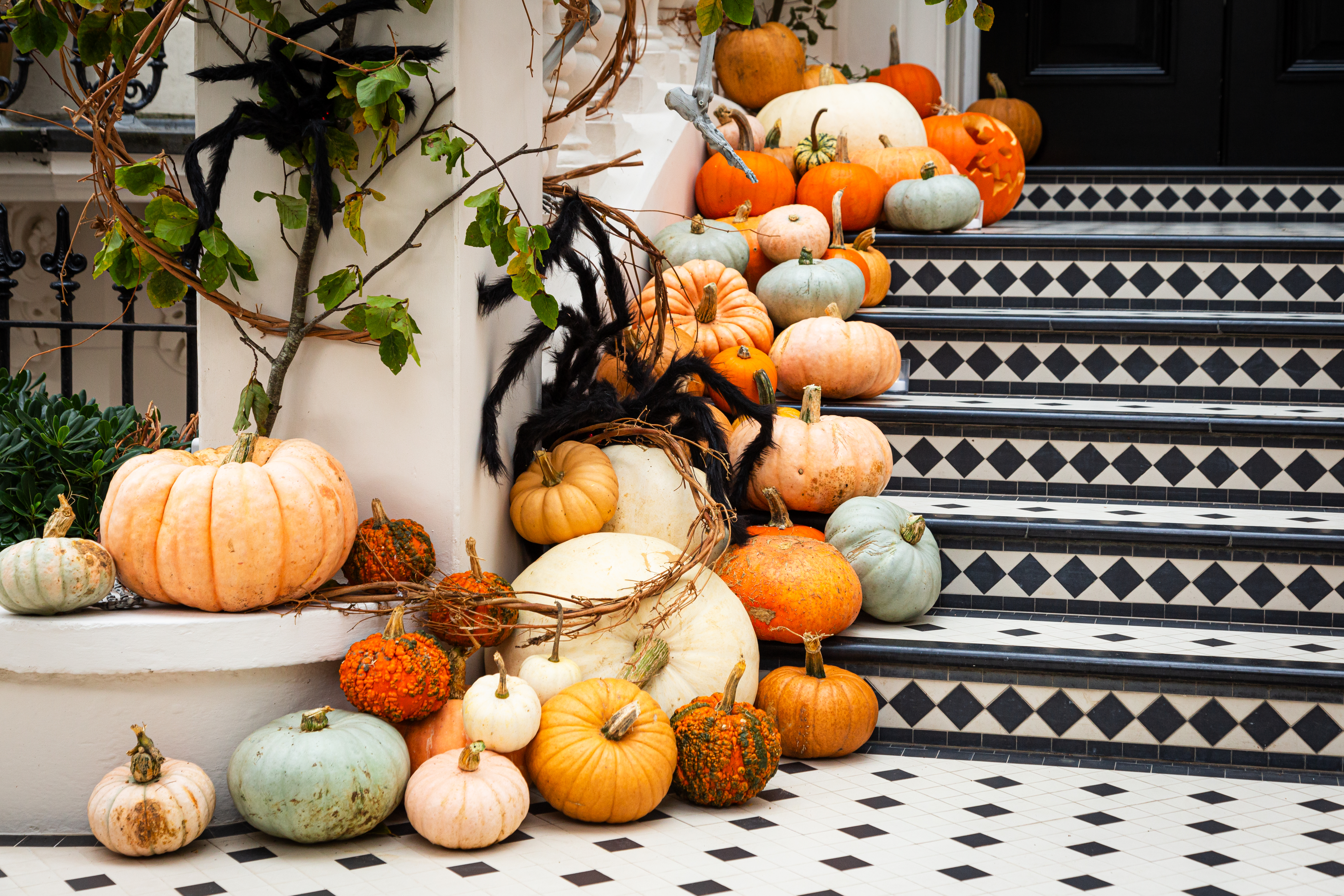
Oh, my gourd, it’s Hallowe’en: How best to decorate your home with pumpkins, squashes and more
By Debora Robertson
-

At the Snowdon Summer School, the future of design lies in the traditions of the past
By Giles Kime
-

A derelict school turned into a gorgeous home with 'an interior of harmony and visual éclat'
By John Martin Robinson
-

Nine of Britain's most beautiful staircases, as seen in the pages of Country Life
By Melanie Bryan
-

Interiors of excellence: all the events and inspiration you can't miss
By James Fisher
-

The Mitford family once called this handsome Cotswolds house a home — and it inspired Nancy's greatest novel
By Mary Miers
-
LIFE & STYLE
View All LIFE & STYLE-
-

Madonna, David Bowie, Elizabeth II and me — this is what it’s like to have your photograph taken by Rankin
By Lotte Brundle
-

What do women want (on wheels)?
By James Fisher
-

‘She was absolutely extraordinary. One of my favourite things, photographing her, was the power that came through the door’: Rankin on capturing Elizabeth II, embracing artificial intelligence and almost becoming an accountant
By Lotte Brundle
-

Omoda 9: Not a Range Rover, but it might be the next best thing
By James Fisher
-
COUNTRYSIDE
View All THE COUNTRYSIDE-
-

Retro rubbish: Waste from the 90s unearthed in 97-mile-long beach clean
By Julie Harding
-

Dangerous beasts (and where to find them): Britain's animals that are best left alone
By John Lewis-Stempel
-

Mystery, muse and metaphor: There's more to fog than meets the eye
By John Lewis-Stempel
-
Gardens
View All Gardens-

A royal success: The King's gardens at Sandringham
By Charles Quest-Ritson
-
-

The trees that are as fine to eat as they are to look at
By Mark Diacono
-

Bothered by brambles and snagged by sow thistles, but what is the point of all this thorny microaggression?
By Laura Parker
-
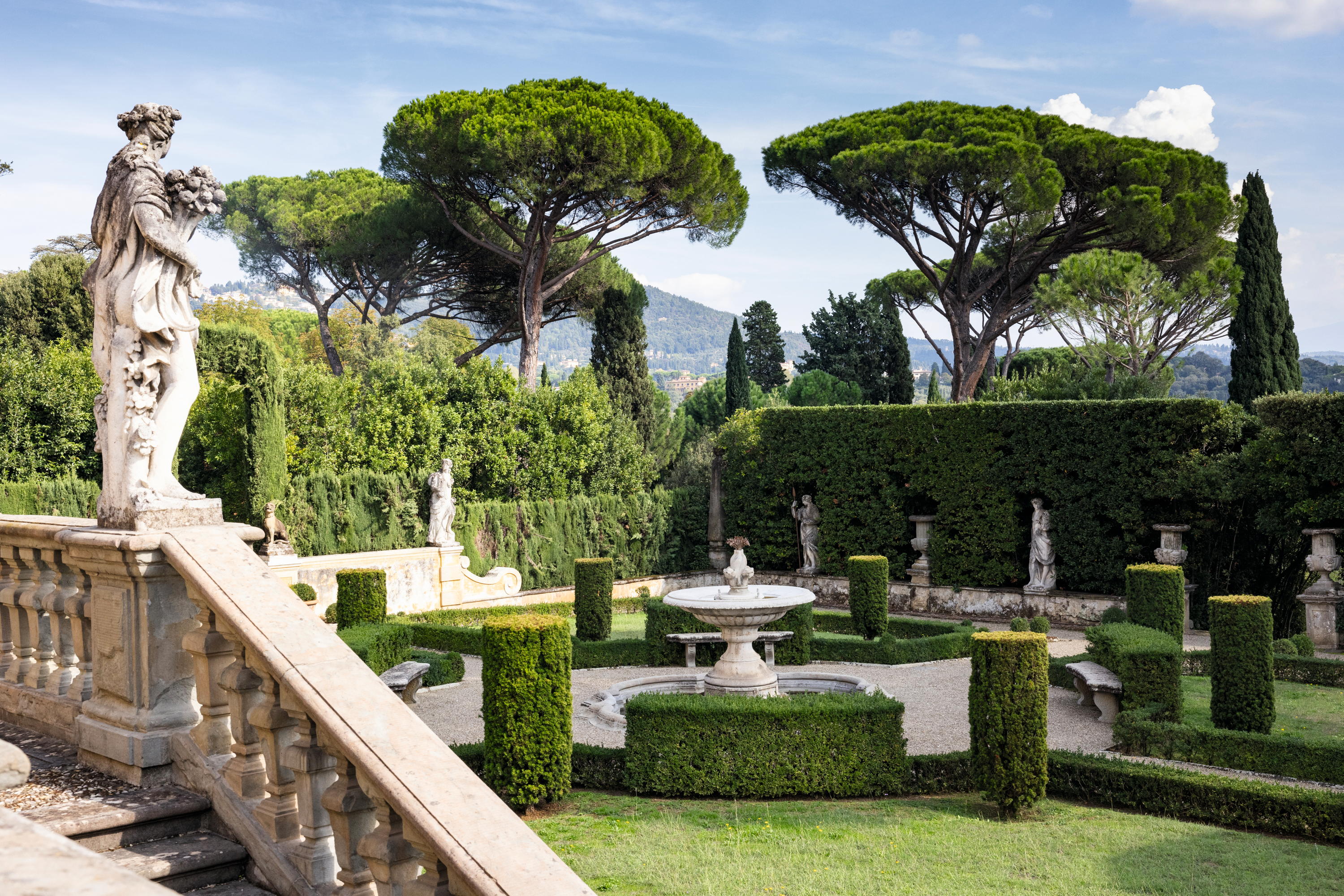
The Tuscan gardens where the English and Italian traditions come together, and Yorkshire rhubarb grows happily beside spectacular citrus
By Nick Dakin-Elliot
-

'My family wore wool at a time when everyone else had cast it off in favour of manmade fabrics': The knitwear pioneer who is one of David Beckham's countryside champions
By Julie Harding
-

James Alexander-Sinclair: Making a new garden for someone is 'thrilling', but we need more sensitive and skilled gardeners to look after them
By James Alexander-Sinclair
-
ART & CULTURE
View all ART & CULTURE-
-

'Love, desire, faith, passion, intimacy, God, spiritual consciousness, curiosity and adventure': The world of Stanley Spencer, a very English visionary
By Matthew Dennison
-

What a report on the spending of female billionaires tells us about the future of museum collections
By Athena
-

Items from the collection of Lady Glenconner are going under the hammer, including a nine-carat gold Cartier box gifted to her by Elizabeth II
By Julie Harding
-

A painting owned by Edward Guinness is on display next to a near identical version at Kenwood House — but which one is the real Vermeer?
By Michael Prodger
-
Travel
View All Travel-

Waldorf Astoria New York review: The Midtown hotel where Frank Sinatra once partied and the salad of the same name was invented emerges from a decade-long renovation
By Owen Holmes
-
-

Saltmoore hotel review: The place to stay that's woodland retreat, seaside hotel and spa sanctuary all in one
By Toby Keel
-

Uzbekistan's inaugural Bukhara Biennial turned traditional ways of displaying art on its head and reignited the traditions of the storied Silk Road
By Skylar Pinchal Coysh
-

From the Caribbean with love: The other James Bond who wrote the definitive guide to tropical birds
By John Lewis-Stempel
-

‘We were off again in a cloud of dust, on the trail of a tiger we eventually ended up making eye contact with’: The art of the Indian safari
By Richard MacKichan
-

The Scottish survival experience, beloved by Sir David Beckham, Ian Wright and heavyweight CEOs, that's all about learning to appreciate the dizzying brilliance of the natural world again
By Patrick Galbraith
-
Food & Drink
View All Food & Drink-

The nine best sandwiches in London, tried, tested and digested
By David Ellis
-
-

'Someone once proffered a tray and said to me: "Would you like an eat?" I’m not sure I’ve ever seen that person again': A snob's guide to canapés
By Sophia Money-Coutts
-

Made with porpoise blood, eaten with beaver tail: The not-so-normal history of the black pudding
By Patrick Galbraith
-

'My sister Catherine shares a love of bees and has a few hives herself': James Middleton, Jamie Oliver and Sir David Beckham on the pleasures of harvesting your own honey
By Jane Wheatley
-

The rapid decline of our local abattoirs means we can no longer claim to be a country with leading animal welfare standards
By Julie Harding
-

What is everyone talking about this week? Forget British wine, British olive oil is the next pot of gold
By Will Hosie
-
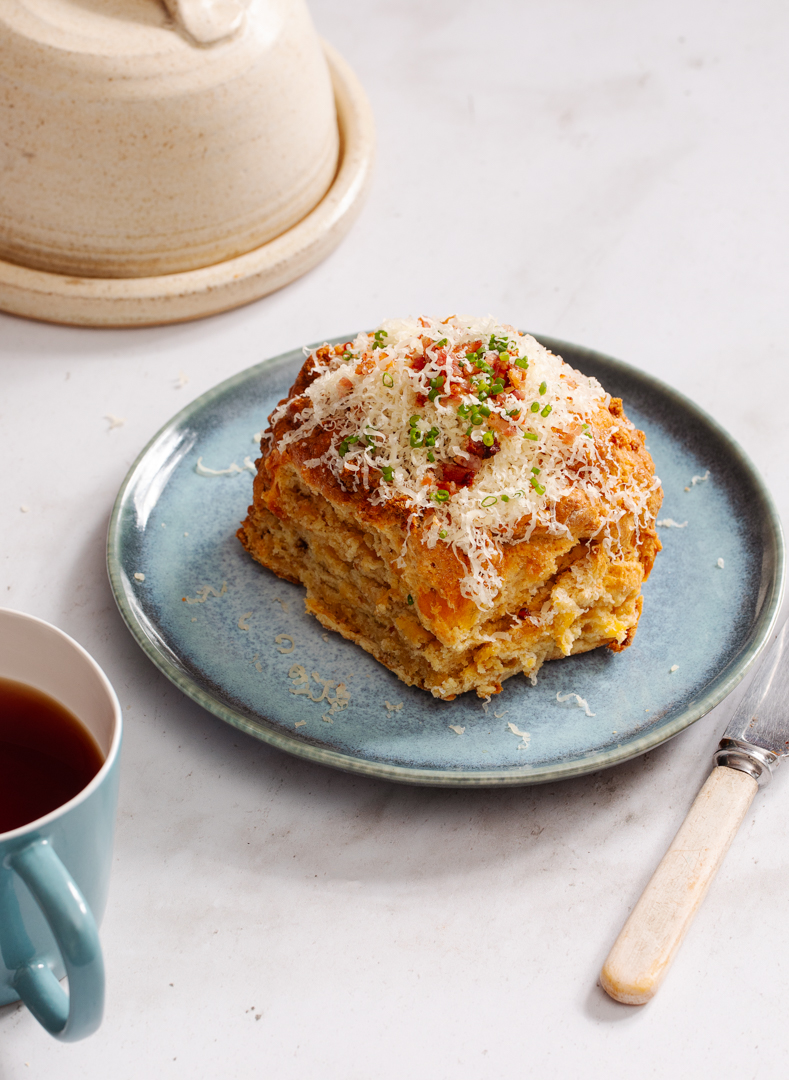
Clare Coghill's indulgent recipe for bacon and Mull Cheddar scones from her debut cookbook
By Clare Coghill
-







